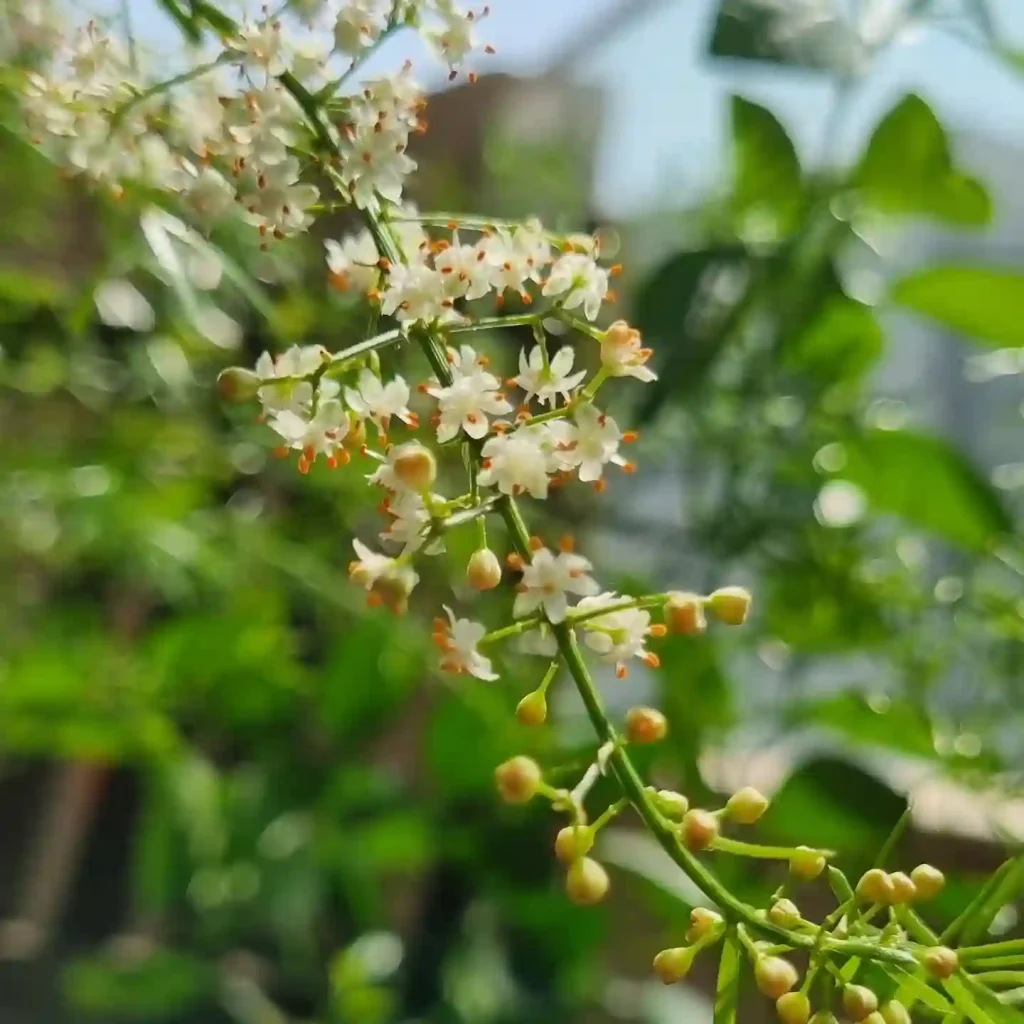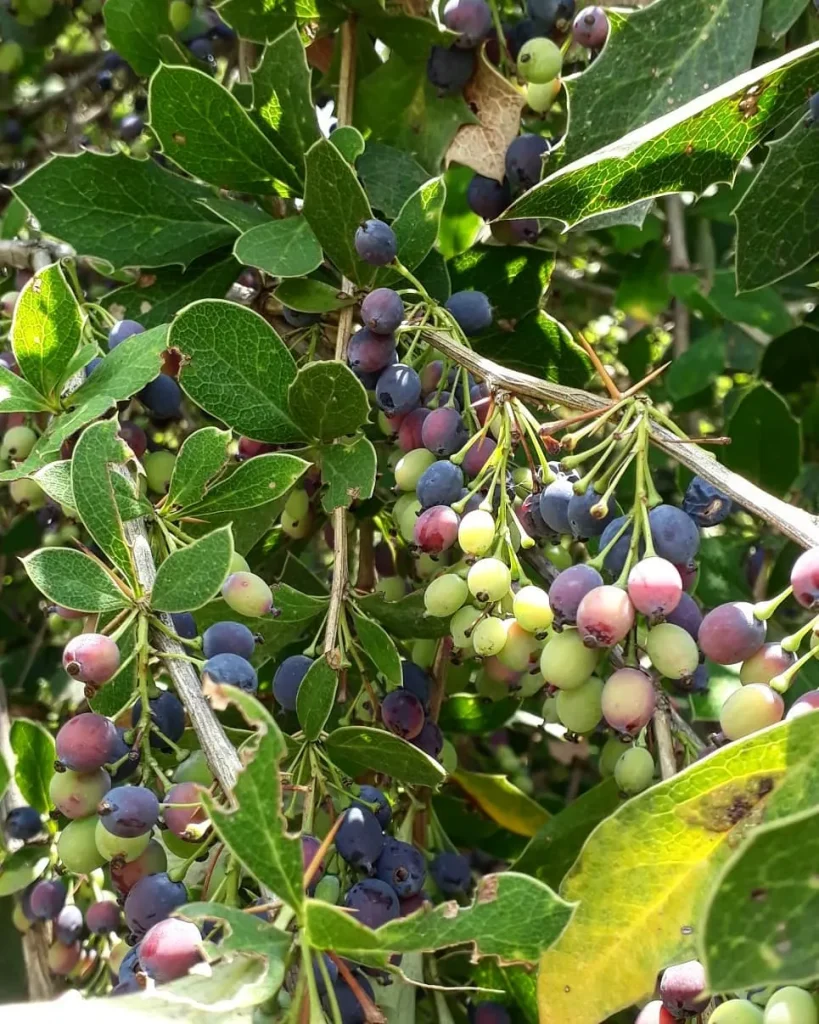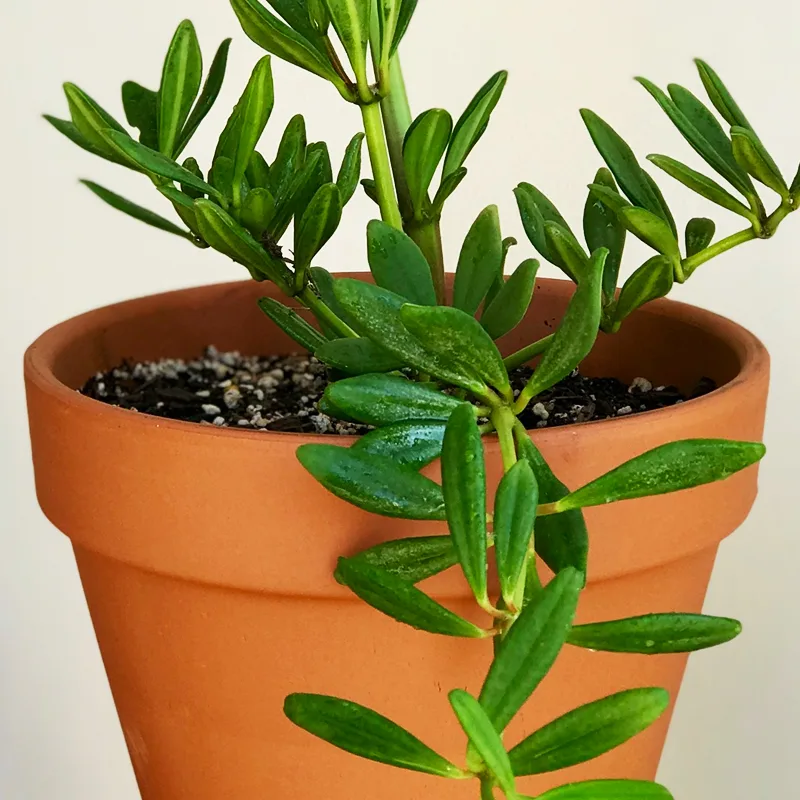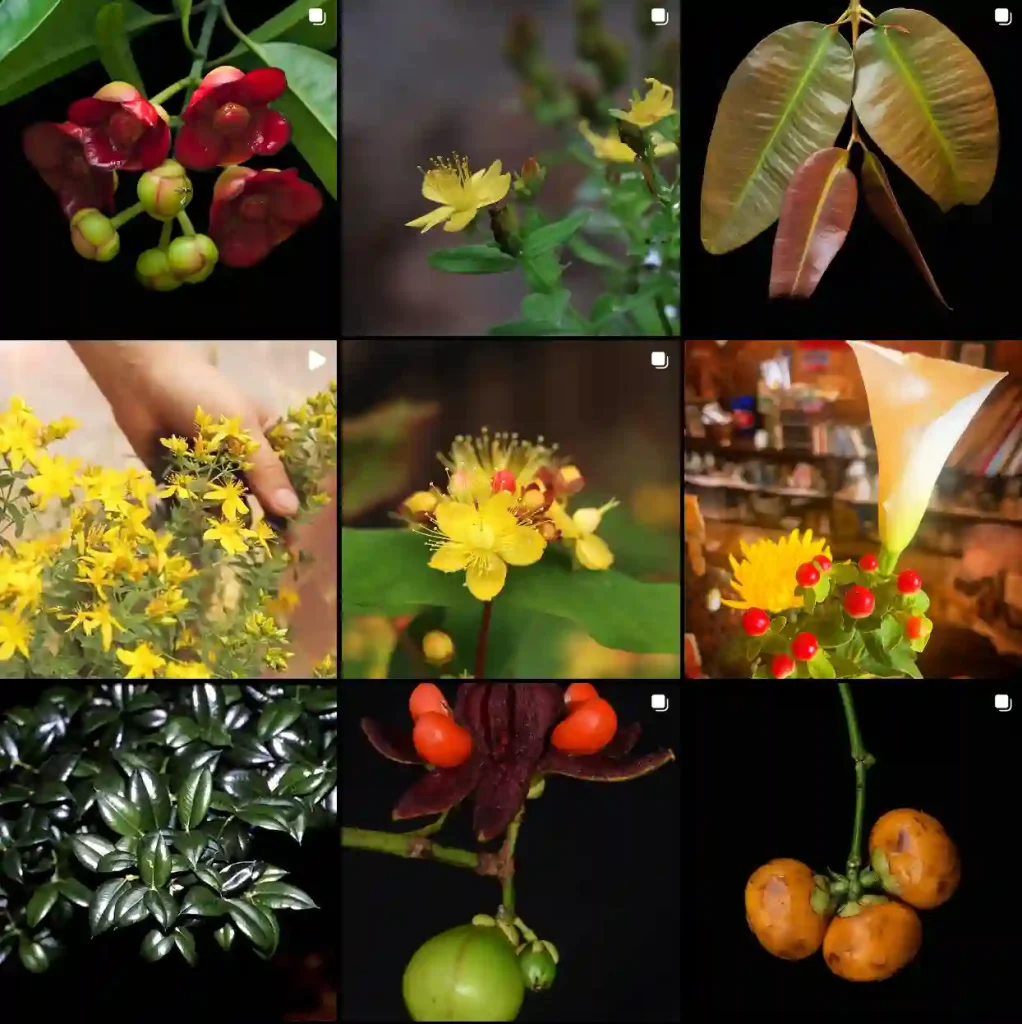Psidium: A Journey into the World of Guavas
My name is Ferb Vu, and I’ve always been fascinated by the diversity of the natural world. From the towering redwoods to the smallest wildflowers, each plant has a story to tell. Today, I want to share my fascination with a particular genus of plants that holds a special place in my heart, and likely in your kitchen as well: Psidium.
Most people know Psidium by its most famous member, the common guava (Psidium guajava), a fruit enjoyed worldwide for its sweet, musky aroma and unique flavor. But Psidium is far more than just guava. This genus, belonging to the myrtle family (Myrtaceae), encompasses a fascinating array of trees and shrubs native to the warmer regions of the Western Hemisphere. From the tropical rainforests of South America to the sun-drenched islands of the Caribbean, Psidium species thrive in a variety of habitats, showcasing nature’s incredible adaptability.
A Diverse Family Tree
While the common guava might be the star of the show, the Psidium genus boasts over 100 recognized species. Some of these lesser-known relatives include:
- Psidium acidum (Mart. ex DC.) Landrum
- Psidium acranthum Urb.
- Psidium acutangulum DC.
- Psidium albescens Urb.
- Psidium amplexicaule Pers.
- Psidium appendiculatum Kiaersk.
- Psidium araucanum Soares-Silva & Proença
- Psidium australe Cambess.
- Psidium bahianum Landrum & Funch
- Psidium brevipedunculatum Tuler & Landrum
- Psidium brownianum Mart. ex DC.
- Psidium cattleyanum Sabine – Plant FAQs: Psidium Cattleianum – Strawberry Guava – Psidium Cattleyanum
- Psidium cauliflorum Landrum & Sobral
- Psidium cupreum O.Berg
- Psidium densicomum Mart. ex DC.
- Psidium donianum O.Berg
- Psidium eugenii Kiaersk.
- Psidium firmum O.Berg
- Psidium friedrichsthalianum (O.Berg) Nied.
- Psidium fulvum McVaugh
- Psidium ganevii Landrum & Funch
- Psidium glaziovianum Kiaersk.
- Psidium grandifolium Mart. ex DC.
- Psidium grazielae Tuler & M.C.Souza
- Psidium guajava L.
- Psidium guayaquilense Landrum & Cornejo
- Psidium guineense Sw.
- Psidium guyanense Pers.
- Psidium harrisianum Urb.
- Psidium huanucoense Landrum
- Psidium × hypoglaucum Standl.
- Psidium inaequilaterum O.Berg
- Psidium involutisepalum Tuler, Carrijo & Peixoto
- Psidium itanareense O.Berg
- Psidium jacquinianum (O.Berg) Mattos
- Psidium kennedyanum Morong
- Psidium langsdorffii O.Berg
- Psidium laruotteanum Cambess.
- Psidium longipetiolatum D.Legrand
- Psidium macahense O.Berg
- Psidium maribense Mart. ex DC.
- Psidium minutifolium Krug & Urb.
- Psidium misionum D.Legrand
- Psidium montanum Sw.
- Psidium myrsinites DC.
- Psidium myrtoides O.Berg
- Psidium nannophyllum Alain
- Psidium nummularia (C.Wright ex Griseb.) C.Wright
- Psidium nutans O.Berg
- Psidium oblongatum O.Berg
- Psidium oblongifolium O.Berg
- Psidium occidentale Landrum & Parra-Os.
- Psidium oligospermum Mart. ex DC.
- Psidium ovale (Spreng.) Burret
- Psidium parvifolium Griseb.
- Psidium pedicellatum McVaugh
- Psidium pigmeum Arruda
- Psidium pulcherrimum Tuler & C.M.Costa
- Psidium raimondii Burret
- Psidium ramboanum Mattos
- Psidium ratterianum Proença & Soares-Silva
- Psidium refractum O.Berg
- Psidium rhombeum O.Berg
- Psidium riparium Mart. ex DC.
- Psidium robustum O.Berg
- Psidium rostratum McVaugh
- Psidium rotundatum Griseb.
- Psidium rotundidiscum Proença & Tuler
- Psidium rufum Mart. ex DC.
- Psidium rutidocarpum Ruiz & Pav. ex G.Don
- Psidium salutare (Kunth) O.Berg
- Psidium schenckianum Kiaersk.
- Psidium sessiliflorum (Landrum) Proença & Tuler
- Psidium sobralianum Landrum & Proença
- Psidium sorocabense O.Berg
- Psidium striatulum DC.
- Psidium suffruticosum O.Berg
- Psidium urquiolanum Landrum & Z.Acosta
More Than Just a Pretty Fruit
The appeal of Psidium extends far beyond its delicious fruits. Many species within this genus have a long history of use in traditional medicine. The leaves, bark, and roots of various Psidium species have been used to treat a range of ailments, from digestive issues to skin infections. Modern research is beginning to validate some of these traditional uses, with studies indicating potential antibacterial, anti-inflammatory, and antioxidant properties in certain Psidium species.
Furthermore, Psidium plays a vital role in its native ecosystems. The flowers of these plants attract a variety of pollinators, including bees, butterflies, and birds. The fruits serve as a valuable food source for numerous animals, contributing to the intricate web of life in their respective habitats.
Facing the Future
Despite their ecological and economic importance, some Psidium species face threats due to habitat loss, climate change, and the spread of invasive species. Conservation efforts are crucial to ensure the survival of these valuable plants and the ecosystems they support.
As we continue to explore the world of Psidium, we uncover new facets of its biology, ecology, and potential benefits. From its diverse array of fruits to its medicinal properties and ecological significance, Psidium stands as a testament to the wonders of the natural world. It’s a reminder that even the most familiar plants, like the guava in our fruit bowl, hold hidden depths waiting to be discovered.
I, for one, am excited to see what the future holds for Psidium. With continued research and conservation efforts, we can ensure that these remarkable plants continue to thrive for generations to come.
If i die, water my plants!



